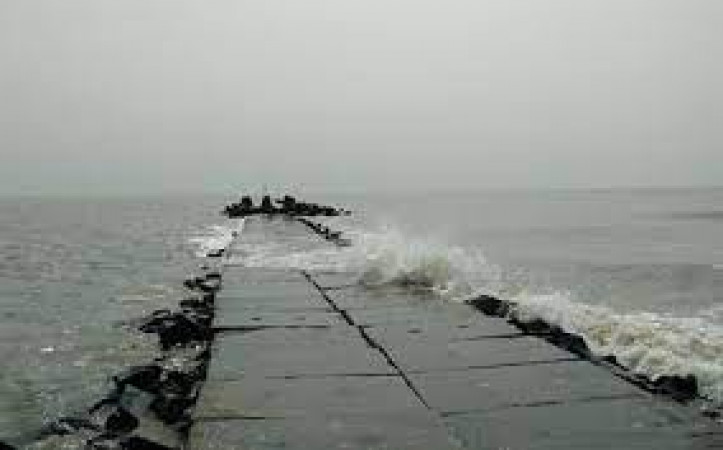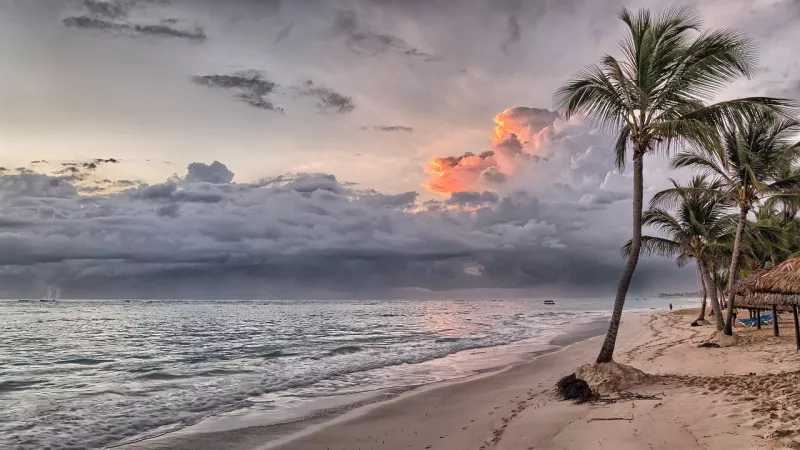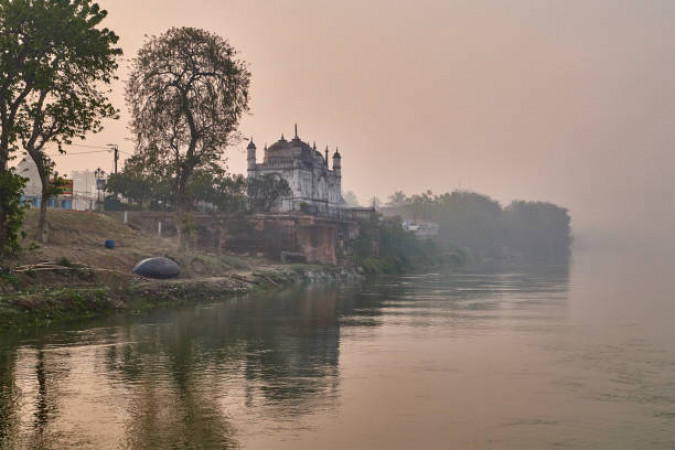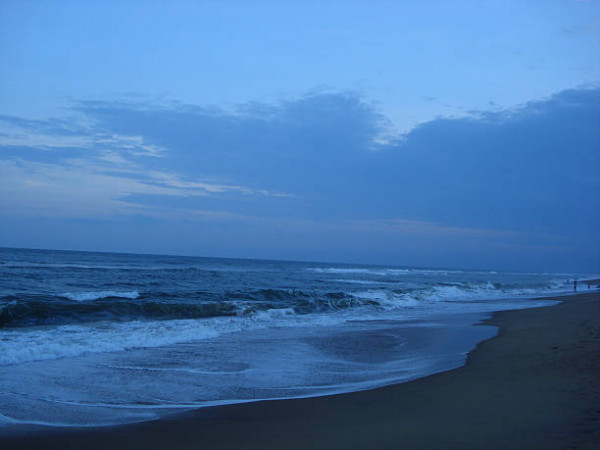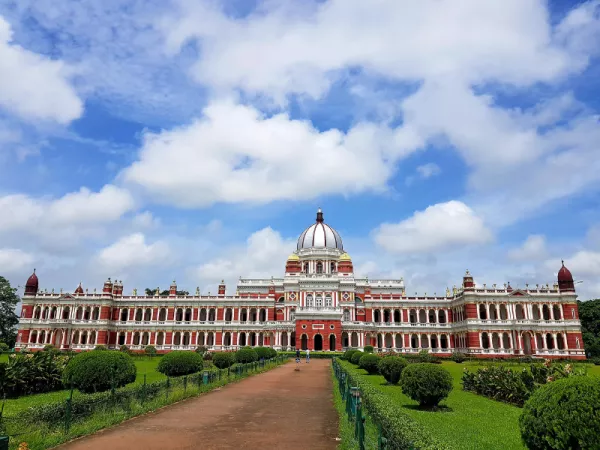
Cooch Behar Travel Guide
Cooch Behar, located in the state of West Bengal, India, is a city steeped in history and culture. Known for its magnificent Cooch Behar Palace, the city was once a princely state and has a rich heritage that attracts history buffs and architecture enthusiasts. The city's strategic location near the foothills of the Eastern Himalayas also makes it a popular destination for nature lovers and adventure seekers.Top Attractions in Cooch Behar
- Cooch Behar Palace
- Rasikbil Bird Sanctuary
- Nripendra Narayan Park
- Sagar Dighi
- Madan Mohan Bari Temple
Cooch Behar is Famous for
The city is famous for its stunning Cooch Behar Palace, a fine example of classical European architecture in India.Top Attractions in Cooch Behar
- Exploring the grand Cooch Behar Palace
- Bird watching at Rasikbil Bird Sanctuary
- Strolling through the picturesque Nripendra Narayan Park
- Boat rides on Sagar Dighi
- Visiting the historic Madan Mohan Bari Temple
What's Great about Travelling to Cooch Behar?
- Rich historical and cultural experiences
- Beautiful natural landscapes
- Opportunities for bird watching and wildlife spotting
What's Not So Great about Travelling to Cooch Behar?
- Limited modern amenities
- Relatively less developed tourist infrastructure
- Language barrier for non-Bengali speakers
Travel Tips for Cooch Behar
- Carry sufficient cash as ATMs may be limited
- Respect local customs and traditions
- Book accommodations in advance, especially during peak seasons
Important Cooch Behar trip information
- Ideal Duration: 2-3 days
- Best Time to Visit: October to March
- Nearby Airports and Railway Stations: Cooch Behar Airport, New Cooch Behar Railway Station
FAQ's on Cooch Behar
Q1: What is the best time to visit Cooch Behar?
The best time to visit Cooch Behar is during the winter months from November to February when the weather is pleasant and ideal for exploring the attractions. Avoid the monsoon season from June to September due to heavy rainfall. The region also hosts various cultural festivals and events, so check the calendar for any special celebrations you might want to experience.
Q2: Do I need a visa to travel to Cooch Behar?
Foreign tourists visiting Cooch Behar typically require a valid Indian visa. However, travelers from some countries may be eligible for e-Visa or visa-on-arrival facilities. It is advisable to check with the Indian embassy or consulate in your country for specific visa requirements and to ensure compliance with all entry regulations.
Q3: What are the must-visit attractions in Cooch Behar?
Cooch Behar is known for its stunning architecture, including the magnificent Cooch Behar Palace, Madan Mohan Bari Temple, and the Rasikbil Bird Sanctuary. Don't miss the Baneswar Siva Temple, the famous Sagardighi Lake, and the beautiful Nripendra Narayan Park. Immerse yourself in the rich history and culture of the region by exploring these top attractions.
Q4: Is Cooch Behar a safe place to travel?
Cooch Behar is generally a safe destination for travelers. However, like any other place, it is advisable to take standard precautions such as safeguarding your belongings, avoiding isolated areas at night, and being cautious in crowded places. Stay informed about local news and follow any travel advisories issued by your government.
Q5: What is the local currency in Cooch Behar and can I use credit cards?
The official currency of India is the Indian Rupee (INR), which is widely used in Cooch Behar. ATMs are available in the city for cash withdrawals, and credit cards are accepted in many hotels, restaurants, and larger establishments. It is recommended to carry some cash for smaller vendors and markets.
Q6: What is the local cuisine like in Cooch Behar?
Cooch Behar offers a variety of delicious Bengali cuisine, including dishes like fish curry, rice, and sweets like rasgulla and sandesh. Don't miss trying local street food like phuchka (pani puri) and jhalmuri. Vegetarian options are also available, and the cuisine is known for its flavorful spices and unique cooking techniques. Make sure to indulge in the local culinary delights during your visit.
Q7: What transportation options are available in Cooch Behar?
Cooch Behar has a well-connected transportation system with options including buses, auto-rickshaws, and cycle rickshaws for local travel. Taxis can be hired for more comfortable rides, and car rentals are available for those who prefer self-driving. Public transport is affordable and convenient for getting around the city and exploring nearby attractions.
Q8: Are there any cultural norms or etiquette I should be aware of when visiting Cooch Behar?
When visiting Cooch Behar, it is important to respect local customs and traditions. Dress modestly, especially when visiting religious sites. Remove your footwear before entering temples and other sacred places. Avoid public displays of affection and ask for permission before taking photographs of locals. Greet people with a polite "Namaste" and be mindful of cultural sensitivities. By showing respect for the local customs, you can have a more enriching and enjoyable experience in Cooch Behar.
Q9: I am a travel agent. How can I buy travel leads of Cooch Behar?
Register yourself as a travel agent at agents.tripclap.com and then you can buy travel leads to Cooch Behar once your account is approved. For more details contact our support team at +91-8069186564 or support@tripclap.com

